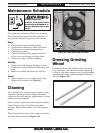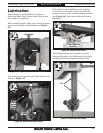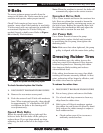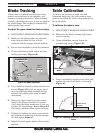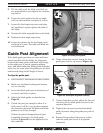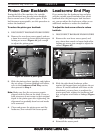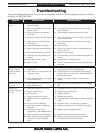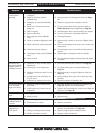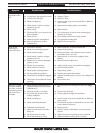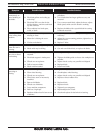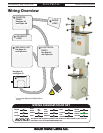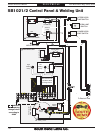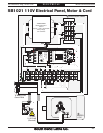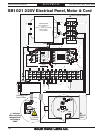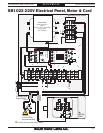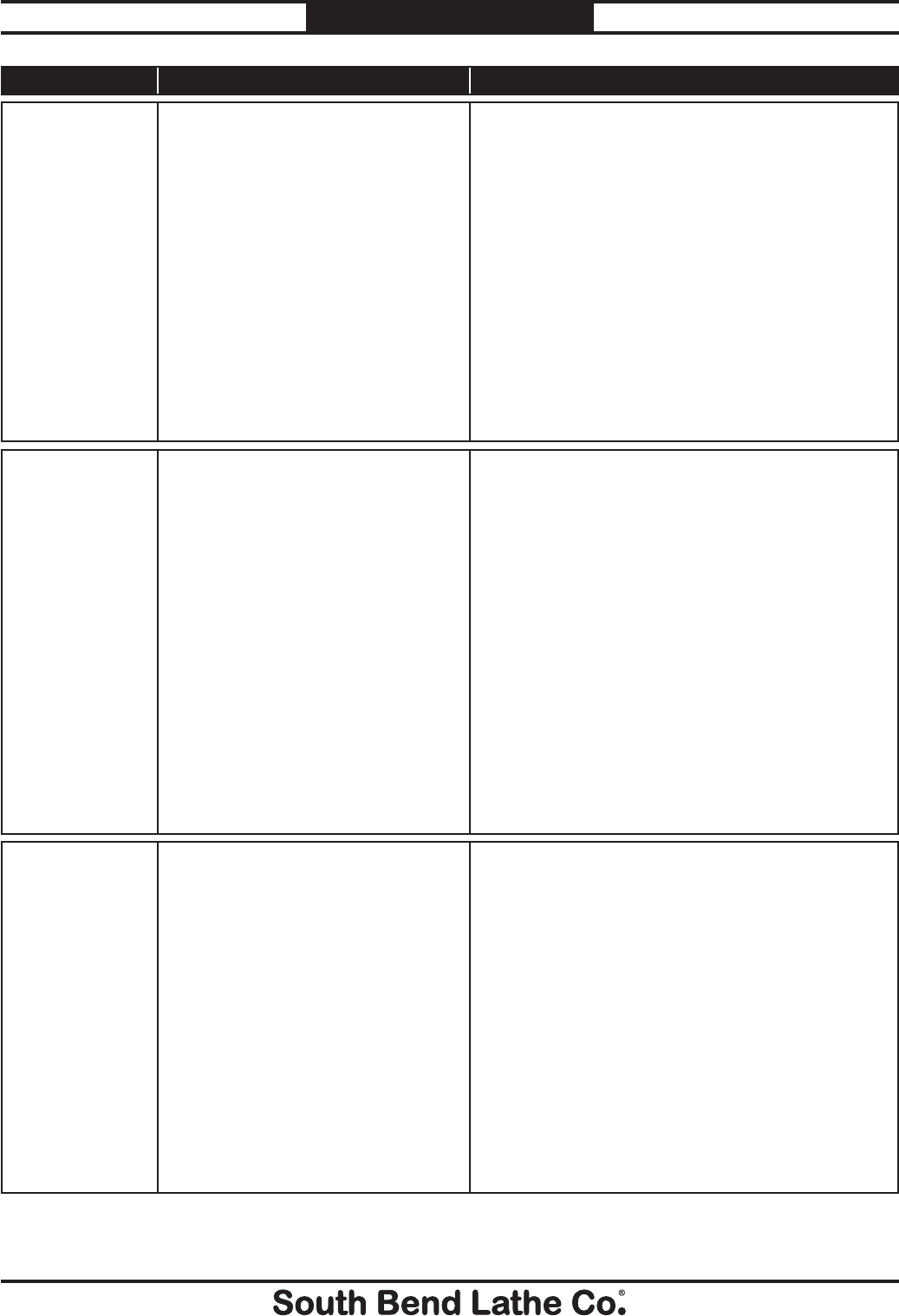
-40-
For Machines Mfg. Since 8/09
Model SB1021/SB1022
TROUBLESHOOTING
Blade tracks
incorrectly, or
comes off wheels.
1.
Feed rate is too fast.
1.
Reduce feed rate, or decrease blade TPI.
2.
Blade is not tracking correctly.
2.
Adjust blade tracking.
3.
Blade is bell-mouthed.
3.
Install new blade, and regularly remove tension
from blade when not in use.
4.
Blade is dull, wanders, and gets
pinched in the cut.
4.
Replace blade, re-secure the workpiece from
shifting.
5.
Rubber tire on wheel is damaged,
glazed, or worn.
5.
Replace or dress rubber tires.
6.
Wheels are not coplanar.
6.
Adjust wheels so they are parallel and aligned.
7.
Blade tension is too loose.
7.
Increase blade tension.
8.
Blade guides need adjustment.
8.
Adjust blade guides.
9.
Incorrect blade for bandsaw.
9.
Install correct blade for machine.
10.
The blade has insufficient support.
10.
Tighten the blade guide as close to the workpiece as
possible.
11.
Wheel tires are loaded with metal
shavings.
11.
Clean wheel tires.
The cut is crooked,
the blade wanders,
slow cuts, or shows
overheating on one
side of the cut or
the blade.
1.
Blade spinning backwards due to
machine being wired out of phase
(SB1022 only).
1. Swap two power incoming power leads (see Page
47).
2.
The feed pressure is too high.
2.
Decrease the feed rate.
3.
Too much side pressure when
feeding workpiece.
3.
Feed workpiece straight into the blade.
4.
Blade is loading up.
4.
Install a blade with more suitable TPI or different
style of teeth.
5.
Blade installed backwards.
5.
Check blade rotation as described in “test run” and
reverse blade if necessary.
6.
Dull blade; missing teeth.
6.
Replace blade.
7.
Blade too wide for size of radius
being cut.
7.
Install a smaller width blade, or increase blade
tension.
8.
The blade speed is wrong.
8.
Adjust feed rate and cutting speed as required.
9.
The blade tracking is wrong.
9.
Adjust the blade tracking back to normal.
Symptom Possible Cause Possible Solution
Machine or blade
bogs down in the
cut.
1.
Excessive load on the blade.
1.
Reduce feed rate or increase blade speed
2.
V-belts loose; belt squeals at times.
2.
Tighten V-belts.
3.
V-belts worn and slips.
3.
Replace V-belts.
4.
Blade is loading up.
4.
Install a blade with more suitable TPI or different
style of teeth.
5.
Blade is dull, wanders, and gets
pinched in the cut.
5.
Replace blade, adjust guides and tracking.
6.
Blade is dull.
6.
Replace blade.
7.
The blade TPI is too coarse for the
thin workpiece.
7.
Use a blade with at least 2 teeth contacting the
material at all times.
8.
Blade is loose.
8.
Clean wheels and increase blade tension.
9.
Material requires cutting fluid.
9.
Use applicable cutting fluid.
10.
The run capacitor is at fault
(SB1021 only).
10.
Replace the run capacitor.



